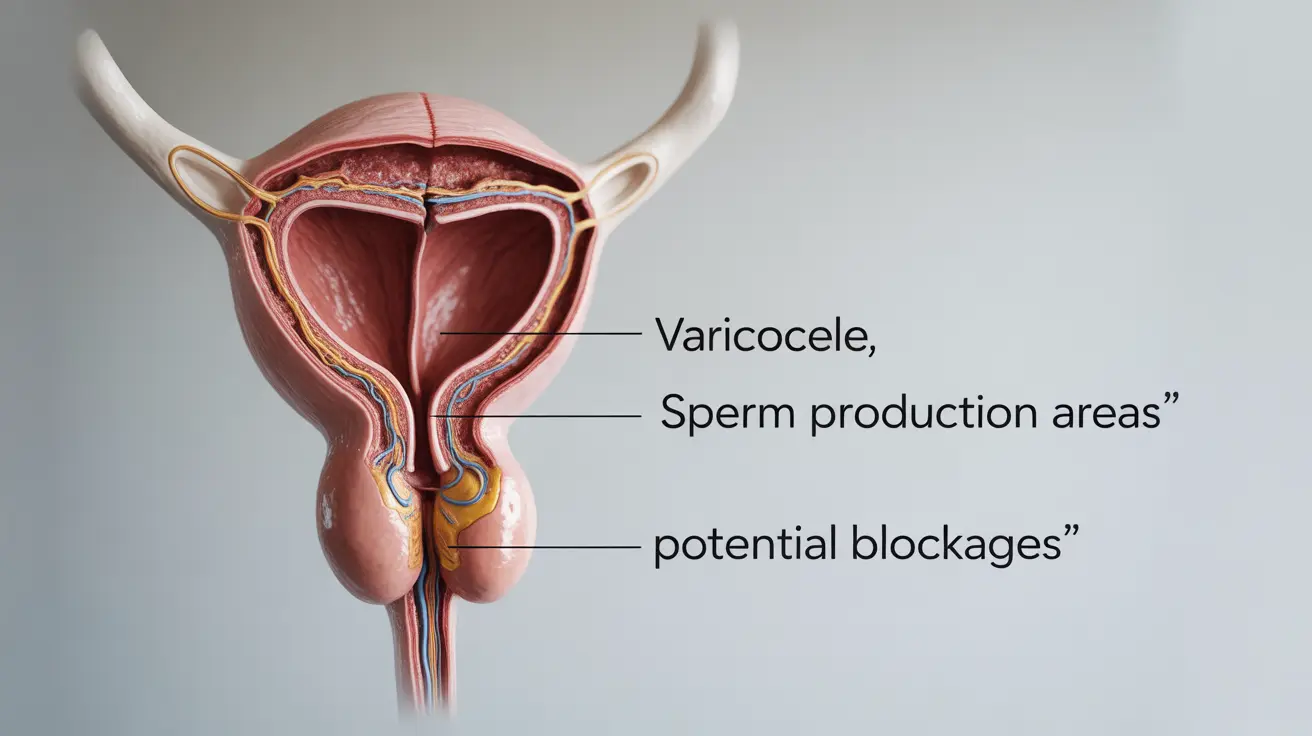Male sterility, also known as male infertility, is a significant medical condition that affects many men worldwide. Understanding this condition is crucial for those experiencing fertility challenges or concerned about their reproductive health. This comprehensive guide explores the causes, diagnosis, and treatment options available for male sterility.
Understanding Male Sterility
Male sterility occurs when a man is unable to father a child due to various reproductive health issues. This condition can result from problems with sperm production, sperm function, or issues in the delivery of sperm. Understanding the complexity of male reproductive health is essential for proper diagnosis and treatment.
Common Causes of Male Sterility
Medical Conditions
Several medical conditions can lead to male sterility, including:
- Varicocele (enlarged veins in the testicles)
- Infections affecting the reproductive tract
- Hormonal imbalances
- Genetic disorders
- Autoimmune conditions
Lifestyle Factors
Various lifestyle choices can impact male fertility:
- Smoking and excessive alcohol consumption
- Exposure to environmental toxins
- Prolonged heat exposure to the testicles
- Certain medications
- Obesity or poor nutrition
Diagnosis Process
Initial Evaluation
The diagnosis of male sterility typically begins with a comprehensive medical history and physical examination. Doctors will discuss symptoms, medical history, and lifestyle factors that might affect fertility.
Diagnostic Tests
Common tests for male sterility include:
- Semen analysis
- Blood tests for hormone levels
- Genetic testing
- Imaging studies
- Testicular biopsy (in some cases)
Treatment Options
Medical Interventions
Treatment approaches may include:
- Medication to address hormonal imbalances
- Antibiotics for infections
- Surgical procedures to correct anatomical problems
- Assisted reproductive technologies
Lifestyle Modifications
Improving fertility through lifestyle changes:
- Maintaining a healthy weight
- Avoiding tobacco and limiting alcohol
- Regular exercise
- Stress management
- Proper nutrition
Understanding the Difference Between Sterility and Erectile Dysfunction
While sometimes confused, male sterility and erectile dysfunction (ED) are distinct conditions. Sterility affects the ability to father children, while ED primarily impacts sexual performance. However, some health conditions can affect both fertility and erectile function.
Frequently Asked Questions
What does it mean when a man is sterile and how is male sterility diagnosed?
Male sterility means an inability to father children. Diagnosis involves medical history review, physical examination, semen analysis, and possibly hormone testing or genetic screening.
What are the main causes of male sterility and can any lifestyle changes improve fertility?
Main causes include varicocele, hormonal issues, genetic factors, and certain medical conditions. Lifestyle changes like maintaining healthy weight, avoiding tobacco, and reducing alcohol intake can improve fertility.
How is male sterility different from impotence or erectile dysfunction?
Male sterility affects reproductive capability, while impotence (erectile dysfunction) affects the ability to achieve or maintain an erection. These conditions can exist independently or together.
What treatment options are available for men who are sterile due to low sperm count or blocked sperm ducts?
Treatment options include hormonal therapy, surgical procedures to repair blockages, and assisted reproductive technologies like IVF or ICSI. The specific treatment depends on the underlying cause.
Can erectile dysfunction affect a man's ability to father a child and what health issues might link the two conditions?
While erectile dysfunction doesn't directly cause sterility, underlying health issues like hormonal imbalances, cardiovascular disease, or diabetes can affect both conditions. Proper medical evaluation can identify and address these underlying causes.




